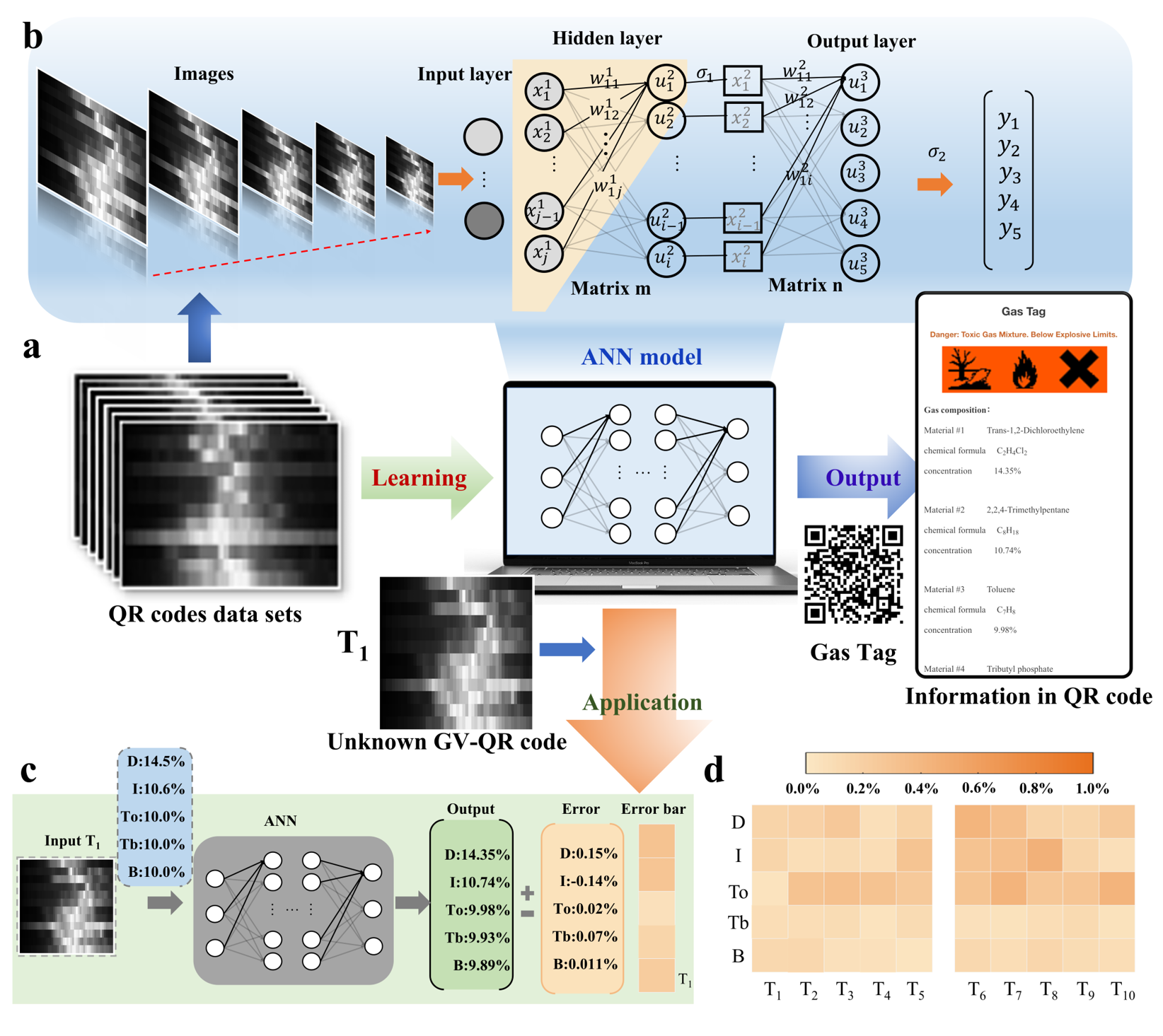
Time:2024-06-12 Read:1471
Real-time molecular detection and analysis in health and environmental monitoring have gained increasing attention in the past decade due to the growing awareness around how many disasters can be traced back to the influence of different molecular mixtures on the environment. Therefore, research on molecular recognition and sensing has been increasing. However, molecular recognition faces a significant challenge due to the extremely high number of molecules present, with an average of only 1×10^5 molecules (nM level) of proteins in the cellular environment. Furthermore, the complex and complicated structure of many molecules requires esoteric and systematic regulation for recognition and identification in molecular studies. Current molecular detection techniques, such as absorption spectroscopy, Raman spectroscopy, and traditional surface plasmon resonance (SPR) refractive index sensing, play crucial roles in obtaining substantial molecular information, but there are limitations in auto-coding, auto-identifying, and quantitative auto-analysis. Thus, there is a high demand for efficient and real-time detection techniques.
Recently, whispering gallery modes (WGM) have been utilized for molecular analysis due to their high-quality factor, ultralow loss, ultralong photon lifetime, ultrahigh intracavity power, and intensity, and they have been generated in optical microcavities, such as fiber-based structure, microspheres, microrings, microdisks, and similar configurations, which confine light within a small cavity. Compared to traditional single-mode sensing, WGM sensing can allow light–matter interactions to be magnified up to 105 times, greatly enhancing the sensing performance. However, a lot of WGM microcavity sensors are technically not feasible for flexible sensor applications due to the adoption of fiber or prism couplers. In addition, they usually quantify sample concentrations without distinguishing between different types of substances. To address the above challenges, dye-doped or intrinsically luminescent high-quality optical micro-resonators have been successfully developed, with WGM lasing being directly generated from WGM structures with sub-micrometer to micrometer sizes. Current applications include intracellular laser sensing with oil droplets, cell labelling with microdisks, temperature detection and pH monitoring with liquid crystals, dynamic changes in E. coli detected by microdroplet laser arrays. Besides, various WGM resonators have been demonstrated to allow molecular concentration measurement in both laboratory and outdoor environments by detecting changes in the WGM spectrum, as the resonance dependence arises from changes in the refractive index surrounding the resonator induced by substance concentration changes.
However, there are certain limitations in tracking multiple-mode WGM spectra in sensing experiments despite the potential sensitivity and resolution. In practice, sensing is achieved by monitoring the relative shift of a resonate mode induced by concentration changes without discerning the type of molecules. It is worth noting that the concentration is only for a single-molecule solution, and the relative shift of a resonate mode loses its meaning for mixed solutions. Additionally, this method can no longer be used to track resonance if the mode shifts out of the scanning range due to the dynamic range of the measurement being limited by the need to continuously scan the laser around the same resonator when changing the molecular concentration. Consequently, there is an urgent need for optical sensor technologies that enable the direct measurement of molecular solution concentrations, auto-identification of molecules in mixed solutions, real-time monitoring of molecular concentration changes with quick-response auto-coding and more precision, wide-ranging, and reliable detection of different molecules.
To overcome these limitations, we propose a new approach for obtaining information from the collection behavior of multiple modes in the WGM spectrum of a microsphere array, which consists of coated microspheres arranged in a PDMS microfluidic chip, and a multiple-mode WGM spectrum with distinct spectral features, such as resonant wavelength, mode spacing, coupling depths, and linewidth, can be collected when detecting the same molecular concentration. In other words, the same molecular concentration can be detected by simultaneously collecting the different emission spectra of WGM resonators. As a result, we can obtain a set of WGM spectral data for the same molecular concentration from the microsphere array. Based on the WGM spectral data array, we develop a gray value quick response code (GV-QR code) technology using deep learning methods. Moreover, the GV-QR code can recognize a mixture of molecules due to the greater level of information of the multiple-mode WGM spectrum obtained from specific film-coated microspheres. As we know, QR codes are flexible and can be used for a variety of applications, including storing links, text, audio, and video. Compared to traditional barcodes, QR codes offer numerous benefits. First, they can store more data due to their two-dimensional matrix format, which provides a higher information density and improved reliability. Second, QR codes can be scanned from multiple angles and directions, and they have a faster reading speed. These advantages make QR codes a popular and versatile choice for a wide range of industrial applications, such as retail, logistics, and advertising. Furthermore, in our work, the GV-QR code comprises collective multimode information for detecting the molecular concentration directly from the WGM spectral data array. Moreover, to achieve specificity and selectivity with our GV-QR code, each microsphere is coated with a specific material, which enables the real-time monitoring and identification of the mixed molecules.
In this work, 5 specific films were coated on a microsphere array. Moreover, machine learning was applied to encode and identify 5 different vapors at different concentrations based on the lasing spectra of microspheres. The automatic encoding and recognition of GV-QR codes for mixed vapors with various concentrations provide a substance-labeling method for real-time identification in the context of the Internet of Things, which could have important implications for health and environmental monitoring.

Figure. Machine learning for the automatic encoding and recognition of mixed vapor GV-QR codes. a) Schematic representation of machine learning for mixed vapor identification. b) Structure of the artificial neural network. c) An example of mixed vapor identification based on GV-QR code recognition. d) Testing ability evaluation: error values corresponding to ten sets of test data.
The research was published in “Hongrui Shan, Qiheng Wei, Hailang Dai, Xueqian Wang, Hong Yang, and Xianfeng Chen, Quick response auto-coding and recognition via microlaser array, Laser & Photonics Reviews, 2400268 (2024)”.
Link: https://onlinelibrary.wiley.com/doi/10.1002/lpor.202400268